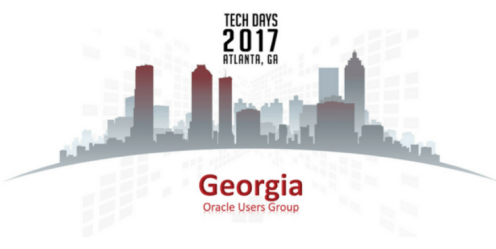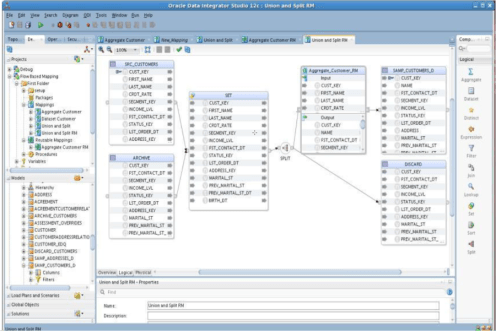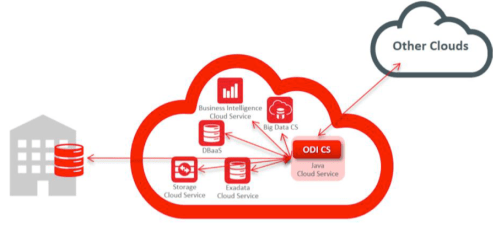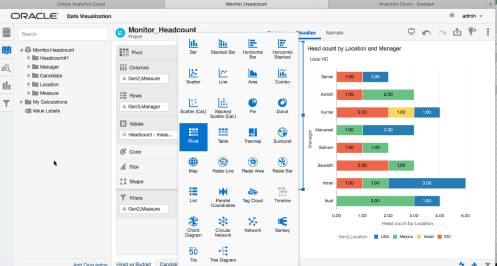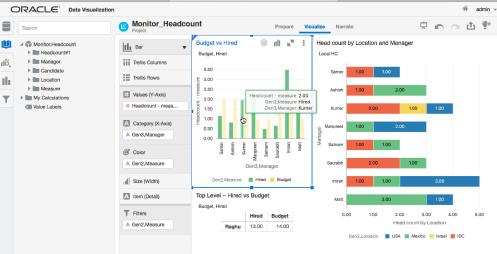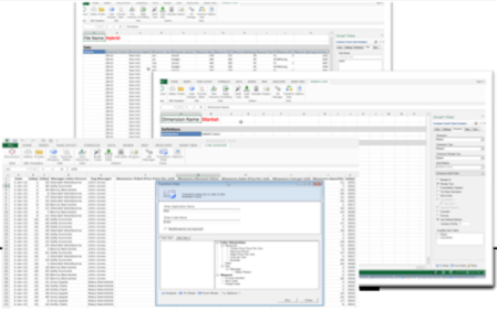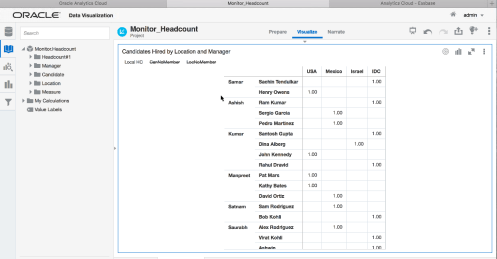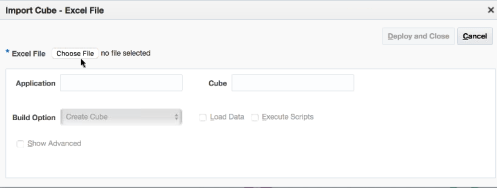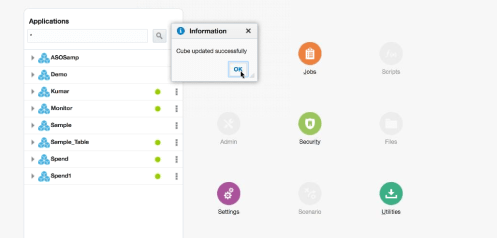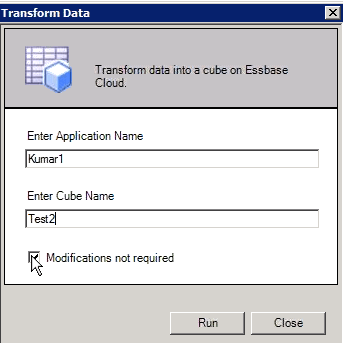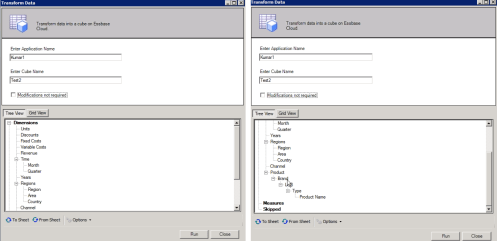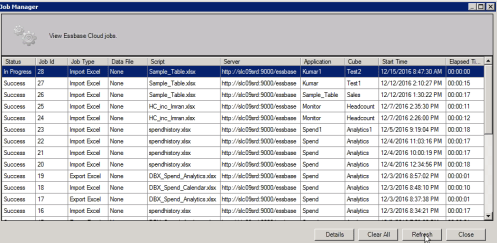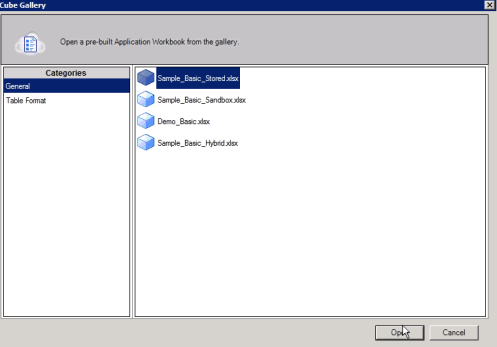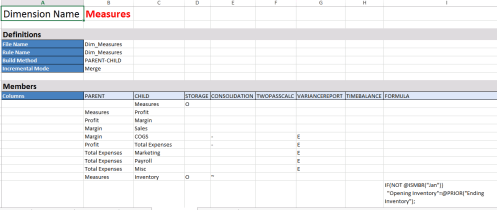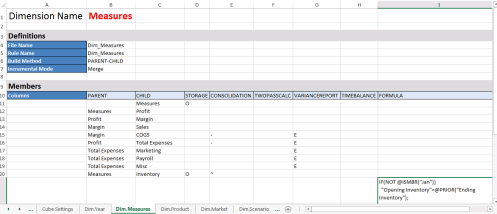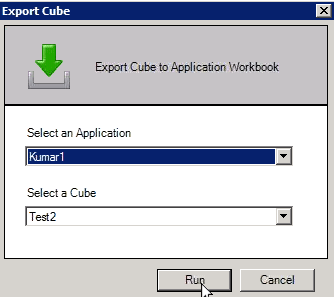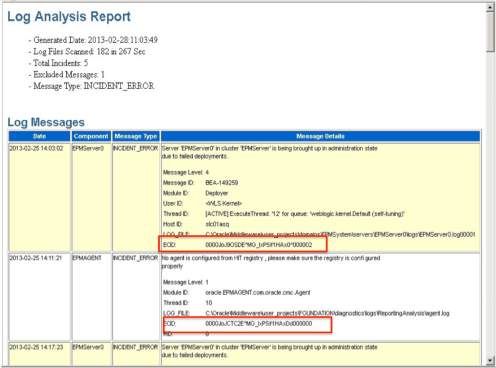This year’s Collaborate conference in Las Vegas really got me thinking more so than usual… there is a lot of confusion with the Oracle cloud when it comes to EPM and BI. A lot. And it’s not getting better – it’s actually getting worse.
Whether you are an Oracle employee, customer, or partner/vendor, you have no doubt been caught up in the extreme push for Oracle’s Software as a Service (SaaS) solutions.
Customers are being strong-armed into converting their software assets they paid premium money for years ago for pennies on the dollar into a rented model…. And many customers are wising up, fed up with the hard sell, and scared of the dreaded audit.
Why the push? Oracle is going after some of the successful SaaS EPM platforms like Host Analytics, Anaplan, OneStream, etc. The push is so hard, that Oracle Sales reps can no longer earn commission for selling on-premise software and only qualify for commission for selling SaaS cloud. So an Oracle field rep would receive $0 for a ½ million dollar on-premise license deal, but would earn a significant commission on $120-per-user cloud deal!
It may sound crazy. One thing for sure is that it’s causing massive confusion. I have heard some customers, and even Oracle Reps and vendors actually believe that Oracle cannot sell you on-premise software anymore.
This cannot be further from the truth. People are becoming misinformed or all out lied to for self-interest.
The truth is that Oracle’s vision is that customers have a choice on how they want to deploy their software. There are three ways:
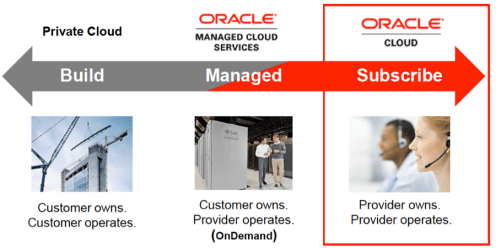
This is an Oracle graphic that describes the three options. “Private Cloud” is a customer on-premise deployment. “Managed Cloud” is an on-premise license but is hosted by a third party hosting and managed services provider like Mercury Technology. “Subscription” is a Software as a Service (SaaS) rented software platform such as Planning and Budgeting Cloud Service (PBCS), Financial Close and Consolidation Cloud Service (FCCS), etc.
All are supported. All are strategic. All are being invested in. All are being updated, patched, upgraded, and enhanced. Your deployment platform is 100% up to you.
While SaaS is the newest option in the group, make no mistake – one does not replace the other. In spite of what your rep might tell you – customers are not being forced to go one way or the other or replace their on-premise implementation that they have already invested in.
Customers breathed a collective sigh of relief this week at Collaborate when over-and-over Oracle made sure this message was clear during multiple sessions. Customers.
Hari Sankar, Global VP of Product Management had some key quotes last week during his EPM Roadmap sessions:
“Oracle has a lot of investment on the cloud, however we are not ignoring on-premise”
“We are very cognizant that many of you have investment in on-prem. Your investment continues”
“We are not taking our eyes off of on-premise – we will continue to support and enhance on-premise”
“We are not going to push the cloud on you if you are not ready for it”
During an integration session, Mike Casey Director – Oracle Data integration product development was quoted as saying:
“Oracle’s push is to make everything 100% available in the cloud, but that’s not reality – there is always going to be on-prem”
Matt Lee, Group Sales Director at Oracle, during a Meet-the-Oracle -Experts session said that on-premise is alive and well, and can be sold by his organization at any time. He went on to even say:
“The future is really bright for Oracle On-prem”
Towards the end of the session, Mr. Lee said:
“I hope that after this event, if you questioned that any of the Oracle on-premise products are end of life, I hope that resounding answer has been no”
Want more proof? Here’s 4 points
1. You can buy on-premise software on-line.
Take a look at http://Shop.oracle.com where you can easily by EPM and BI on-premise licenses on-line direct from Oracle.
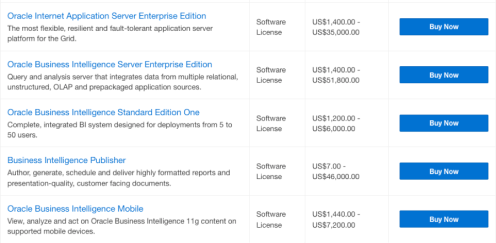

2. More on-premise road-map sessions at conferences
The feedback has been loud and clear to Oracle. Users are tired of the all-cloud tunnel vision content lately. For the last year or so, all webinars, educational sessions, and conference sessions have been all about cloud. The fact is that the vast majority of Oracle’s customers are licensed on-prem and only about 2000 customers are subscribed to the EPM cloud (no mention on how many are actually using it). The customer base was visibly clear at Collaborate this year as well. In almost every Oracle-lead session the speaker would inevitably poll the audience to see how many people are in the cloud. In every session I was in, only 1 to 2 raised their hand in a room full of 40-50 people.
The user community has definitely taken notice of the lack of on-premise content which is seemingly contributing to lagging conference attendance numbers. However, recently, customers and user group members have made strides in getting conference committees to take notice and focus more on getting on-premise and hybrid material in their events.

At Collaborate, there was even a roadmap session dedicated to on-premise EPM deployments. The theme was strong:
- On-premise is strategic for Oracle. They acknowledge that many customers do not want to walk away from their on-premise license asset and go to a rented model. They acknowledge that some are not ready to move to the cloud and may never.
- Cloud innovations are getting pushed to prem faster without costly upgrades.
- Oracle is no longer going to make relevant features only available on the cloud
3. The adoption of the Patch Set Update (PSU) as an innovation delivery vehicle.
Perhaps the greatest thing that Oracle’s cloud introduced to customers is a vehicle for rapid features deployment. We know that all the new development, features, and functionality will go to the SaaS cloud first, and then be pushed to on-prem. Originally, on-premise customers thought that they would have to wait until a major release upgrade in order to get the new features – putting them potentially years behind on the latest and greatest. However, that is not the case anymore.
Hari Sankar mentioned at Collaborate that Oracle is changing it’s Patch Set Update delivery model. Historically, PSUs were generally a set of patches that addressed software bugs, performance issues, and security holes that customers could non-intrusively apply while in between upgrades. PSUs have also traditionally been released across all products at the same time, which slowed down the release cycle while the each product manager aligned to a versioned release cycle.
Going forward, not only will the PSUs have the traditional defect fixes, but they will also have incremental features direct from the cloud. PSUs will be released by individual product, so the releases can come much faster without dependencies. The on-premise software will see a gradual evolution to the cloud architecture, including the simplified interface, and have the same focus on usability.
This means that customers are not forced to go to the cloud to get the latest and greatest. A simple installation of a PSU is a matter of an hour compared to a lengthy and expensive upgrade. For example the coming HFM on-prem patch sets should have a lot of the cloud-only features such as Journals workbench, HFM Insights, Rules Profiling, etc. In patch sets for Planning, we can expect to see sandboxing, valid combinations, etc.
Many on-premise customers prefer to control their own patch testing cycles based on their own calendar – when it makes sense for them – rather than be forced whenever Oracle pushes a surprise update. While rapid development is nice, it puts many cloud customers in a constant state of testing updates, because updates can come frequently and customers only get 2 weeks before it is forced into production. Customers would rather schedule an update over a safe weekend rather than suffer an hour mandatory outage every day that could potentially push some changes.
Customers that want to keep their on-premise license assets but want a cloud model (included upgrades, patches, hardware, etc) choose to go to a third party hosting company that specializes in Oracle solutions. Hosting companies like Mercury Technology provide all the services that SaaS offers, however customers get to keep their licenses, enjoy all the full on-prem features including seamless data integration, isolated secured servers, and 24×7 rapid helpdesk support.
4. The Oracle Digital team

If the preceding is not proof enough that on-premise is alive, well, and very strategic for Oracle – this will be: Introducing Oracle Digital
Formed on June 1st, Oracle Digital is a team of 120 inside sales specialists inside Oracle across North America. One team, under Matt Lee’s leadership is dedicated to on-premise sales. They are 100% comp’d on license deals, and not cloud. They are broken out by geographical area, industry verticals, etc. I’ll blog more about this unique group of sales specialists later. However, in the mean time, if you have a pushy field rep that is forcing you to cloud or claiming that it is impossible to sell on-premise… walk away and email these folks – they will be happy to help you with on-prem licenses.

If you want to keep your licenses AND move to a cloud model – that’s where Mercury Technology comes in. Contact me for a free quote.
In either case – everyone remain calm, stop panicking! On-prem software, code, support, and licenses are alive, well, and strategic. But it’s really important to do your research to make the best choice for you. Make sure you look at all factors when selecting your platform… there are many more considerations other than surface level costs:
- Support quality and speed
- Data integration abilities and limitations
- Frequency of updates and upgrades
- Security, encryption, data separation, vulnerability
- Compliance such as SSA16, SOC
- Service level agreement contractual enforcement
- User adoption and prove out
- Level of access to servers, tools, automation, scripts, logs, performance monitors
- Performance and ability to do something about it if it is not good
- Availability of all features and functionality
- Ability to leave the solution if you decide
Posted in Cloud
Tags: cloud, Hyperion, Licenses Oracle, on-premise









